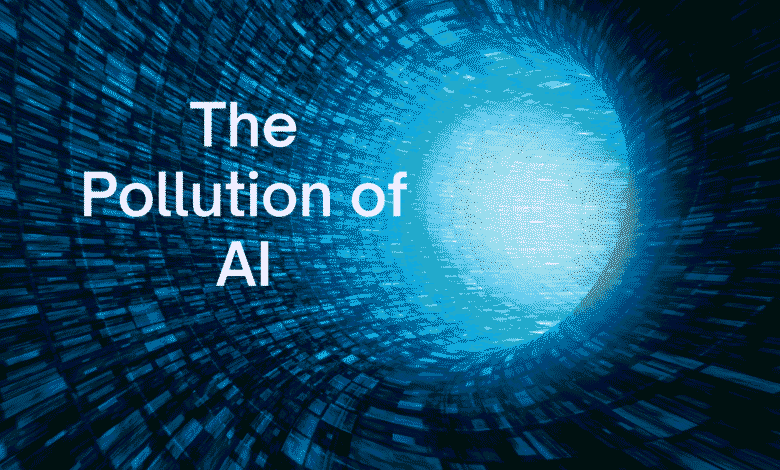Can AI Pollute Our Digital Environment? It Already Is
As generative AI fills the internet with convincing but hollow content, experts are warning: we may be drowning in a new kind of digital pollution.

If you’ve been online recently, you’ve probably stumbled across AI-generated content without even realizing it. A recipe blog that repeats the same phrase five times. A fake product review stuffed with keywords. A chatbot summarizing news that didn’t really happen. It’s not a glitch—it’s a growing layer of the internet.
We often think of pollution in terms of carbon or plastic. But a quieter form is creeping into our digital world: information pollution, generated and amplified by artificial intelligence.
The Rise of Content Smog
With the explosion of large language models (LLMs) and text generators like ChatGPT, Bard, and Claude, there has been a surge in content creation. But more content doesn’t always mean better content. AI can generate thousands of blog posts, comments, emails, and articles in minutes. The result? A flood of low-quality, context-free, and sometimes misleading content.
This isn’t just clutter—it’s pollution. It degrades the informational environment. It makes it harder to search, sort, or trust what we see online.
The Human Cost of Automated Clutter
- Trust Erosion: When users can’t tell if a review, article, or comment is real, it chips away at trust.
- Search Engine Decay: SEO hacks and AI spam are clogging Google with sites built entirely on automated filler.
- Academic and Professional Harm: Students submitting AI-written essays. Researchers citing AI-fabricated sources.
Worse, this content often mimics real writing, sounding plausible, but hollow. It’s the digital equivalent of airbrushed noise.
Why It Matters in 2025
The more AI content fills the web, the more new AI models train on that content. This is what researchers call model collapse or AI feedback loops. If the internet is flooded with machine-generated material, and future AIs are trained on that, they reinforce and multiply the errors.
We risk creating an internet that becomes less factual, less nuanced, and less human.
Is There a Way Forward?
Yes—but it starts with awareness. AI isn’t evil, but its scale and speed demand responsibility.
- Platform Transparency: Websites and platforms should disclose when content is AI-generated.
- AI Hygiene Practices: Creators and companies must review, fact-check, and add human value before publishing.
- Regulatory Guardrails: Governments and institutions need frameworks for AI content accountability.
- Reader Literacy: Audiences should be educated to critically evaluate what they read online.
Final Thoughts
Not all AI content is bad. In fact, some of it is useful, time-saving, and even creative. But when quantity overtakes quality, when machine-made voices drown out human ones, we all lose.
Like plastic in the ocean or smog in the sky, digital pollution doesn’t seem harmful at first glance. But over time, it changes the ecosystem.
The question isn’t whether AI can pollute the internet. It’s whether we’re willing to notice before it’s too late.